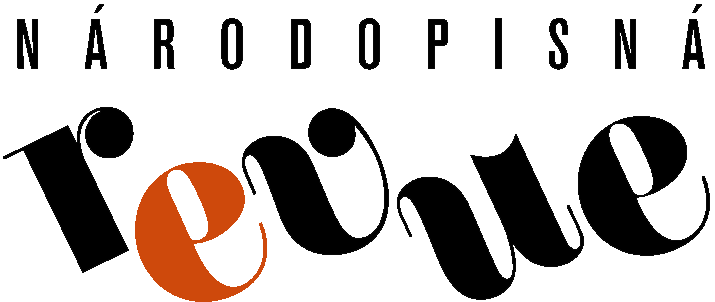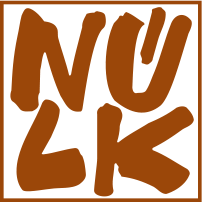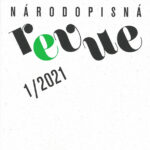Journal of Ethnology 1/2021 deals with the theme “Forced Migration”. Tomáš Dvořák submits a view of the demographic issue in the context of the national and migration policy after the end of the main wave of the forced displacement of German residents (Marriage as a Life Strategy in the Cogs of Post-War Migrations, on Example of the Jáchymov Area in the Years 1949-1950). Sandra Kreisslová and Jana Nosková pay attention to the post-war forced migration of German-speaking inhabitants and the reflection thereof in magazines published by those displaced (Media Representation of Post-War Forced Migration of Germans from Czech Lands in Journals of this group, on Example of Magazines Aussiger Bote and Brünner Heimatbote). David Kovařík focusses on displacement of selected groups of inhabitants in the years 1904-1954 from areas which were used by the army as military training areas in the Czech lands (Military Training Areas as Scenes for Forced Migrations in the Czech Lands, and Their Commemoration). Josef Šuba applies the method of oral history to explain the situation of a particular South-Moravian location which disappeared as a consequence of the construction of a water reservoir (The Extinction of Mušov from the Perspective of the Former Inhabitants).
In the article “On the Decease of Film Director Karel Vachek”, Review Section commemorates the trace of this personage in the historiography of ethnology (author Martina Pavlicová). Social Chronicle publishes congratulations to the jubilees of the ethnologist Mirjam Moravcová (born 1931), the ethnologist Peter Salner (born 1951), and the musicologist Jarmila Procházková(born 1961); it also publishes two obituaries: for Ondrej Demo (1927–2020), a musical folklorist, and radio editor and dramaturge, and for Eva Kiliánová (1930–2020), an editor of folk prose. Further regular columns include reports on exhibitions and scholarly projects, and reviews of new books.
Marriage as a Life Strategy in the Cogs of Post-War Migrations, on Example of the Jáchymov Area in the Years 1949-1950
The study deals with marriages, concluded mainly by German residents in the Jáchymov district in the years 1949-1950. Marriages between different groups of inhabitants demonstrate the manifold migration background of residents in the monitored region, and they are also analysed as a possible way to resolve life situations, associated with the migrations. The monitored region and the theme of marriages is first presented based on basic demographic indicators. The issues of marriages and marriage rate are then analysed in the context of the post-war national and migration policy, including the circumstances under which the major source set for the study developed. Subsequently, the study exemplifies, based on the files studied, various migration and life situations experienced by members of different population groups, categorized based on ethnicity, migration origin, and several further criteria. The study shows that some aspects of the social reality, researched on a micro-scale, significantly breach the image of a total breakup and isolation of national communities in the borderlands. The reality did even not correspond to the ideologically postulated imperative of borderlands purge. The closing note assesses the observed marriages from the perspective of diverse types of common life strategies of the German minority in Czechoslovakia after the end of the main wave of forced displacement, and from the perspective of the research into family memory.
Media Representation of Post-War Forced Migration of Germans from Czech Lands in Journals of this group, on Example of Magazines Aussiger Bote and Brünner Heimatbote
The study deals with the post-war forced migration of German-speaking inhabitants from Czechoslovakia, and its reception in magazines which the forcibly-displaced Germans began to issue in “West Germany” (Federal Republic of Germany) in the late 1940s. The authors analyse two patriotic magazines (Heimatzeitschrift) from the beginning of their publishing until the end of the twentieth century. The patriotic magazines are understood as media of collective memory of the social group of those forcibly displaced. Based on the study of empiric material, the representations of the forced displacement can be analytically divided into three groups. The “expulsion” is represented as: 1) loss of home; 2) new start, and 3) historical grievance. The authors show that the forced displacement in connection with the loss of the (old) home country is a basic theme for the above-mentioned magazines. In the magazines, the representations thereof are closely associated with the memory politics of patriotic organizations with their exactly defined interpretation of history, claiming the right for the motherland, and enforcement of the victimization discourse.
Military Training Areas as Scenes for Forced Migrations in the Czech Lands, and Their Commemoration
The study deals with the displacement of selected groups of inhabitants from areas that were occupied by the army and used for training and other needs of it as military training areas in Bohemia and Moravia in the twentieth century. These displacement operations affected about seventy thousand inhabitants between 1904 and 1954. In addition to the description of particular displacement operations, the study also deals with the fates of inhabitants, affected like this, as well as of depopulated and desolate villages and settlements, which mostly were demolished and razed to the ground in the subsequent years. The displacement of inhabitants from military training areas is an example of forced migration in which each period and each political system applied different procedures in relation to residents in the affected areas. While the displacement of affected inhabitants at the time of the Nazi occupation entered into the national memory as an example of the persecution of Czech citizens and it was publicly commemorated in the subsequent years, further displacement operations after the year 1945 were, by contrast, tabooed and those affected were not allowed to commemorate these events publicly. This different experience became evident in the creation of collective, or cultural memory, and it also influenced diverse forms and ways of commemorating the forced migrations from military training areas.
The Extinction of Mušov from the Perspective of the Former Inhabitants
In the second half of the 20th century, several dozens of villages ceased to exist as a consequence of water systems built on Bohemian and Moravian rivers. One of them was Mušov in South Moravia, a village which disappeared beneath the water of Nové Mlýny Dams. The preserved sources show vain attempts of local inhabitants to rescue Mušov, which were followed by a process of gradual becoming reconciled to the loss of their homes and by individual struggles to ensure as good conditions for forced displacement as possible. However, four decades have elapsed since Mušov was flooded, and the former residents look to the past in a conciliatory fashion. Although in the 1960s they supported an idea to build a new village and refused to accept the extinction of Mušov, they realize with the passage of time that their then effort was vain from the very beginning. Currently they see the displacement as an opportunity to acquire higher-quality housing for their families, which they might not have reached in the original village. Their lost home is, at least partially, substituted by ties to the community of former Mušov residents, which has survived and which actively keeps passing on memories of Mušov.



